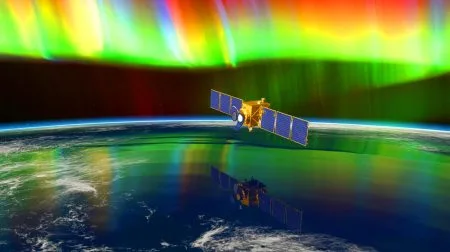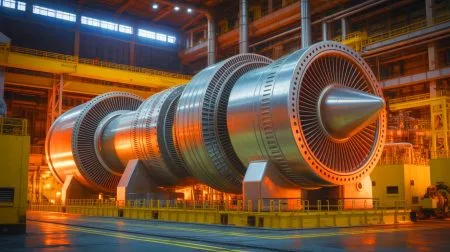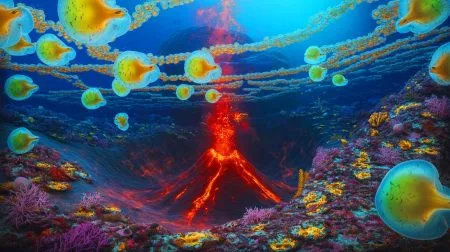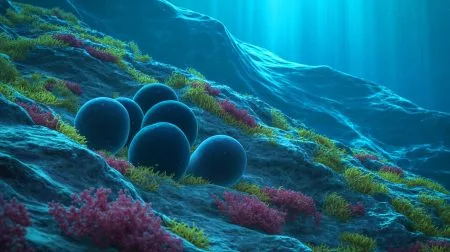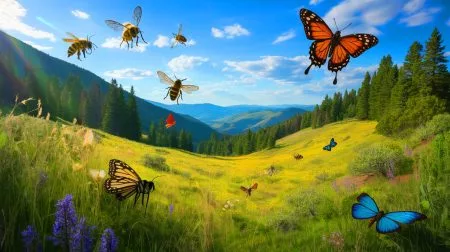The annual United Nations Climate Change Conference, better known as COP, that starts Nov. 30 in the United Arab Emirates will bring together governments, businesses, international organizations and NGOs to shine a spotlight on the climate emergency the world faces and consider solutions to the crisis. The alarming rates at which we are losing species is not just a tragedy of epic proportions – the destruction of biodiversity also robs humanity of one of its strongest defenses against climate change.
Retaining the earth’s diverse mix of animals and plants is crucial for the planet’s future, yet any plan to halt its loss must grapple with the reality that not every species can be saved from extinction because of the limited resources we have for biodiversity conservation. By one estimate, about US$598 billion to $824 billion is needed annually to reverse the loss of species worldwide.
Different ways of posing the problem
Given finite research and practical resources, how should we act to conserve biological diversity? Should we, as I have argued in my research as an expert in environmental economics, try to regulate the rate at which habitat is being converted from natural to human-centered uses?
An alternative approach concentrates on conserving what biologists call keystone species that play a critical role in holding the ecosystem together. An example is the gray wolf in Yellowstone National Park, whose presence regulates prey populations like elk and deer, which in turn have cascading effects on vegetation and the overall ecosystem structure and function.
The Bible suggests a contrasting approach in the Lord’s dictum to Noah before the great flood: “Of fowls after their kind, and of cattle after their kind, of every creeping thing of the earth after his kind, two of every sort shall come unto thee, to keep them alive.”
A solution
One of the most original and interesting answers to this question was provided by the late Harvard economist Martin Weitzman, who applied economic analysis to address the conservation of endangered species. In a pioneering 1998 paper titled The Noah’s Ark Problem, Weitzman viewed the challenge of figuring out which species to conserve with limited resources as a modern-day equivalent of the problem the biblical patriarch Noah faced when trying to determine what to take with him – and hence save – on his ark.
In Weitzman’s view, biodiversity gives rise to two kinds of values. The first is utility to humans – insects pollinate crops that yield food, and so on. There is no serious dispute that biodiversity – the variety of living species on Earth, including plants, animals, bacteria and fungi – benefits humans.
As the World Health Organization puts it, “Healthy communities rely on well-functioning ecosystems. They provide clean air, fresh water, medicines and food security. They also limit disease and stabilize the climate.” Yet nearly a third of all monitored species are currently endangered because of human activities.
The second kind identified by Weitzman is the inherent value of the wide variety of species and the genetic information they contain to biological diversity itself. Biodiversity plays a crucial role in maintaining the stability and resilience of ecosystems.
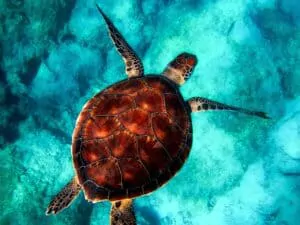
For example, increased genetic variation is important to wild Alaskan salmon returning to natal streams and rivers to reproduce. Populations in different streams have developed different sets of genetic information; some of these will allow for the earlier migration in streams that will be needed under warming temperatures and earlier snowmelt.
Weitzman likens the task of preserving different species to the task of saving the volumes in a library that represent an accumulation of human knowledge.
While in principle, every volume in the library might be valuable, some may have information that is also available in other libraries. Therefore, the objective would be to save those volumes that have information in them that is not contained anywhere else. According to this view, a conservationist’s goal ought to be to save as much of this genetic information as possible, even if the species concerned provide little direct value to humans.
This line of thinking provides counterintuitive guidance to conservationists. Specifically, it suggests that the best way to conserve biodiversity in an uncertain and resource-constrained world is to pick a species and then save as many members of this species as possible. By following this aggressive or “extreme policy,” the conservationist preserves not only what is informationally distinct about this species but also all the information it shares with other species.
An example
To see this, imagine that there are two libraries that have many volumes (or species members), some unique to each library and some overlapping. If Library 1 burns to the ground, we lose all of the volumes (species members) with the exception of those that are also housed in Library 2. The same is true if Library 2 burns.
If both libraries burn, all is lost. If both are on fire, and we do not have the equipment to save both, and one library takes fewer resources to save, we may be better off using our scarce resources to protect that one and letting the other one go in order to preserve the unique volumes (species members) as well as the knowledge in the overlapping volumes.
What does it mean in practice?
The practical meaning is that – when forced to choose – it may not make much sense to use limited conservation funds to protect a highly endangered species such as cuddly pandas that are very expensive to protect.
We may be better off protecting, for example, the Atlantic menhaden, or pogy, a primary food source for bigger fish and birds along the Eastern Seaboard and a vital connection between the bottom and top of the food chain. A current lawsuit claims it is subject to overfishing in and around the Chesapeake Bay.
Weitzman’s Noah’s Ark model seeks to provide useful guidance in determining how to prioritize our efforts to save endangered species, with the presumption that biodiversity is both of value to humans and that it is inherently valuable.
While we lack the resources to save every at-risk species from extinction, further delay in dealing with the climate emergency and its harmful effects on the loss of species is one thing the world cannot afford.
This article was written by Arthur J. Gosnell Professor of Economics and Interim Head of the Department of Sustainability at Rochester Institute of Technology. It is republished from The Conversation under a Creative Commons license. Read the original article.
Did you like it? 4.7/5 (30)
